About Venous Malformation
Arteries carry oxygen-rich blood from the heart and deliver it to the brain and other organs in the body. Meanwhile, veins carry depleted blood back to heart for reoxygenation. The presence of an AVM disrupts this process and can be quite serious — sometimes life-threatening. Much is unknown about the cause of AVMs, but typically they are present from birth and rarely are hereditary. Traumatic head injuries or certain types of infections may play a role, but AVMs cannot be prevented. Left untreated, AVMs can lead to complications including stroke, aneurysm, permanent brain damage, coma, and death.
Symptoms
Some patients with AVMs present with no symptoms, but for those who do, immediate treatment can yield positive outcomes. AVMs located on or near the spinal cord may present with:
- Sudden and severe back pain
- Weakness in the lower body, legs, and toes
- Weakness or paralysis in other areas of your body
AVMs located elsewhere in the body may cause:
- Shortness of breath
- Coughing up blood
- Abdominal pain
- Black bowel movements
- Lumps on arms, legs, or torso
- Pain and/or swelling
- Muscle weakness or paralysis
- Unusual numbness or tingling
- Skin sores or ulcers
Schedule an appointment with The Vein Specialists if you experience any of the symptoms outlined above.
AVMs located on or near the brain can be treated by our neurointerventional partners at ARA Health Specialists. Brain AVMs can be quite serious, as half of patients will develop a brain bleed, also known as a hemorrhage. If you experience seizures, weakness in the arms or legs, a persistent, severe headache, and or stroke-like symptoms, including loss of balance and/or coordination, difficulty speaking or understanding others, or loss of eyesight in one or both eyes, call 911 and seek emergency medical attention immediately.
Diagnosis
Because many AVMs are asymptomatic, they often are discovered by chance when a patient undergoes imaging tests for other reasons. Symptomatic patients will be diagnosed through a thorough physical exam coupled with advanced imaging, which can include MRI, CT, and/or ultrasound. MR angiography (MRA) offers the most detailed images for diagnosis, allowing physicians to accurately locate and characterize the AVM. This minimally-invasive test is performed with a catheter and utilizes contrast materials to increase visualization of the AVM.
Treatment
Anti-seizure medications and pain relievers can treat some symptoms caused by AVMs. Additionally, several surgical options are available to correct the AVM. Physician recommendations will depend upon the size, location, and severity of the AVM, as well as the age and overall health of the patient. However, because invasive procedures near delicate areas of the body like the spine and brain may pose a greater risk than the AVM itself, sometimes physicians choose to carefully monitor the AVM, intervening only when necessary.
At The Vein Specialists, we work to develop a personalized treatment plan for patients with AVM. Various approaches include:
- Embolization: This involves blocking the blood vessels feeding the AVM with a material such as glue or tiny metal coils.
- Sclerotherapy: This is a technique that involves injecting a special solution into the AVM, causing it to shrink and eventually close off.
- Surgery: In some cases, surgery may be necessary to remove the AVM. This may be done in combination with embolization or sclerotherapy.
- Radiation therapy: High-energy beams of radiation are used to destroy abnormal blood vessels.
You have questions. We have answers.
Below you'll find answers to some of the questions we are commonly asked by patients. Please contact us at (828) 670-8346 with any additional questions or concerns.

